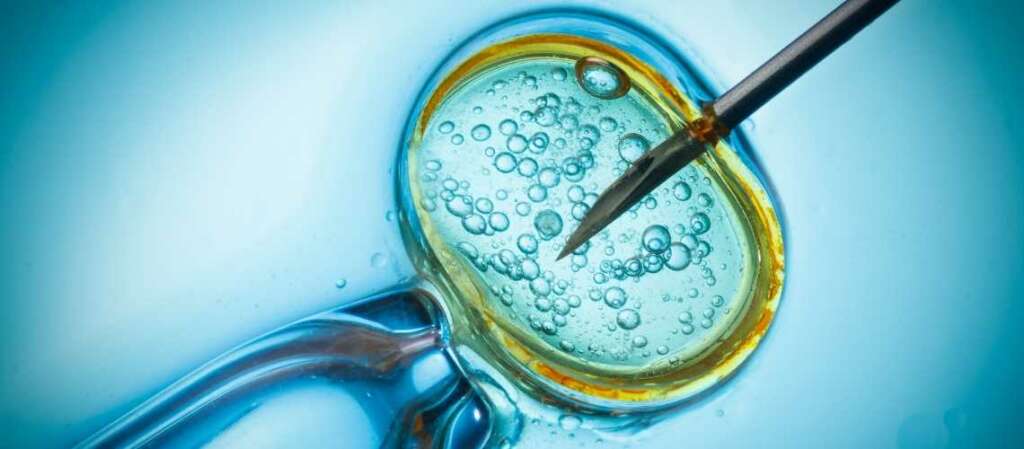For those who are relatively new to IVF, you may be wondering about the basics of the IVF treatment process. It is essential to note that there are several different IVF protocols and no two cycles are exactly the same, but there are certain aspects of treatment that are common to all.
- Step 1: Suppressing Menstrual Cycle
A medicine is administered to you that will inhibit your normal menstrual cycle to enhance the efficacy of the treatments in the following stage. The medication can be administered as a daily self-injection or nasal spray and will continue for about 2 weeks.
- Step 2: Boosting Egg Production
With your natural cycle suppressed, you will take a fertility hormone named Follicle Stimulating Hormone (FSH). FSH increases the number of eggs produced by your ovaries, leading to a larger collection of fertilized eggs, and providing more options for the clinic to choose from.
- Step 3: Monitoring Progress
The clinic will closely monitor you during the treatment process, using vaginal ultrasound scans and blood tests to track your ovaries. Before collecting the eggs, you’ll receive an injection of a hormone called Human Chorionic Gonadotrophin (hCG) that helps the eggs to mature.
- Step 4: Egg Collection
The eggs will be collected through a minor procedure that lasts approximately 15 to 20 minutes. A needle guided by ultrasound will be inserted through your vagina into each ovary while you are sedated. Some women may experience cramps or a small amount of vaginal bleeding after the procedure.
- Step 5: Fertilizing the Eggs
The collected eggs will be mixed with sperm from a donor or your partner in a laboratory for fertilization. In some cases, individual eggs may need to be injected with a single sperm, referred to as ICSI (Intracytoplasmic sperm injection). (1)
The fertilized eggs, also known as embryos, will grow in the lab for up to 5-6 days before being transferred to the uterus. Only the best 1 or 2 embryos will be selected for transfer. After egg collection, hormone medicines will be administered to prepare your uterus for embryo transfer, typically as a pessary, injection, or gel.
- Step 6: Embryo Transfer
A few days after egg collection, the embryos will be transferred to your uterus using a thin tube called a catheter inserted through your vagina. This procedure is similar to a cervical screening test and does not usually require sedation. The number of embryos to be transferred should be discussed before the treatment and will depend on your age.
Women under 37 in their 1st IVF cycle should have a single embryo transfer, with a possibility of double transfer in their 3rd cycle if no top-quality embryos are available. Women aged 37 to 39 years should follow the same pattern, with double transfer only considered if there are no top-quality embryos. Women aged 40 to 42 may have a double embryo transfer. However, if preimplantation genetic testing has been used, single embryo transfer is advised independently from female age. Any unused embryos may be frozen for future IVF attempts. (2)
What is the role of men in the IVF process?
In IVF, the male partner is involved in providing a semen sample. The semen is used to fertilize the eggs collected from the female partner in the laboratory. If the male partner has fertility issues, such as low sperm count or poor sperm motility, the semen may need to undergo preparation before being used for fertilization.
The fertilized eggs, also known as embryos, are then transferred to the female partner’s uterus, where they may implant and develop into a pregnancy. The male partner may also be involved in the decision-making process regarding the number of embryos to transfer, as well as other aspects of the IVF treatment. (3)
Source:
1,3-https://www.nhs.uk/conditions/ivf/what-happens/
Heijnen, E. M. E. W., Macklon, N. S., & Fauser, B. C. J. M. (2004). What is the most relevant standard of success in assisted reproduction? The next step to improving outcomes of IVF: consider the whole treatment. Human Reproduction, 19(9), 1936-1938.

